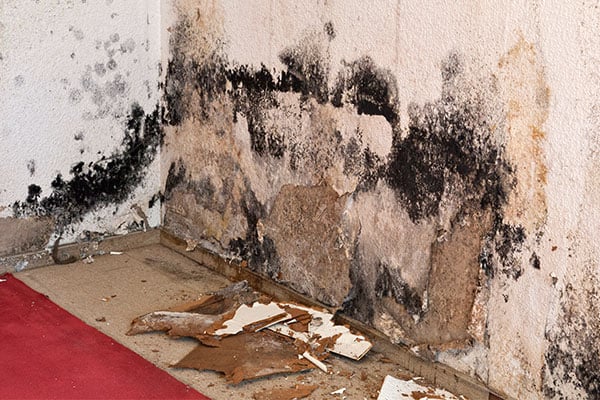Do you suspect the presence of mold in your home or business? Many of our competitors may prey on these concerns, urging you to invest your hard-earned money to address a problem that may not even exist. Our approach is to provide you with education and alleviate your fears so you can make informed and sensible decisions for your property and budget.
At Golden Glove, we approach potential mold issues with the following objectives:
-
Health and Asset Protection: Our foremost goal is to safeguard the health of occupants and preserve the value of your asset.
-
Efficient and Cost-Effective Remediation: We aim to remediate mold swiftly, with minimal disruption, and in a cost-effective manner.
To achieve these objectives, we adhere to the standards set by the Institute of Inspection, Cleaning and Restoration Certification (IICRC), specifically standard S520.
Not sure if mold is present? Here are some factors to consider:
-
Unaddressed Water Issues: Have you experienced any unchecked water problems in the area? Mold may not necessarily follow a water issue, but mold issues almost always accompany water problems.
- Examples include leaking water or waste lines, water infiltration from the outside, HVAC leaks, and uncontrolled humidity.
-
Visible Mold Colonies: Can you spot what appears to be mold colonies?
- To assess, use a flashlight held parallel to the surface to illuminate it. Does it resemble a mini mountain range growing off the surface? Mold often resembles coral formations in miniature.
- It’s important to note that visual inspection serves as an indicator for further investigation. Not all black-colored mold is the harmful Black Mold (Stachybotrys chartarum). There are over 150,000 mold strains, and many are black but less harmful.
-
Occupant Health Concerns: Have individuals in the structure experienced adverse health effects that seem to improve when they are outside the premises?
- Trust your senses; if you notice odors or visual signs resembling mold or mildew, it warrants consideration. Allergic symptoms like itchy, watery eyes, a stuffy nose, headaches, or respiratory issues in the affected area that improve when leaving could be mold-related indicators.
To proceed, we offer several options to establish a clear course of action:
-
Independent Hygienist Testing: According to IICRC S520 Standards, an independent hygienist can conduct surface and/or air quality testing, sending samples to a lab for documented proof of mold presence. A positive test confirms the need for remediation. After remediation, a second test confirms its success.
-
Visual Inspection Agreement: Based on visual inspection, an agreement may be reached that what appears as mold will be remediated following the same standards. However, it’s essential to note that a visual inspection alone may not be sufficient. We recommend post-remediation air quality testing to ensure success.
Should you have further inquiries, please don’t hesitate to reach out to Golden Glove for a phone consultation. Our aim is to provide you with the information and guidance you need to make informed decisions regarding mold concerns.

